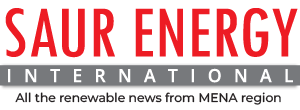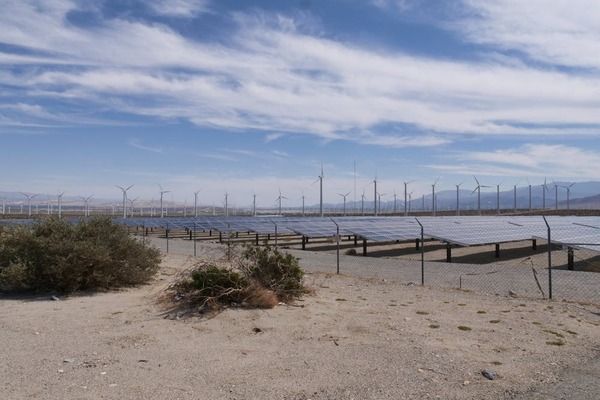Jordan is adjusting its renewable energy schedule. The country had set a goal to have 31 percent of its electricity come from renewable sources by the year 2030. Now, officials say this could happen as early as 2027 or 2028.
According to Jordan’s Minister of Energy and Mineral Resources, Saleh Khrabsheh, this change is based on current progress. At the end of 2023, renewable sources made up 27 percent of the country’s energy mix. This is a large increase from levels recorded a decade ago.
Jordan’s long-term energy plan also includes reaching 50 percent renewable energy in the future. While there is no confirmed date for that figure, the minister has said it remains a goal that can be met with continued progress.
The projects helping Jordan get closer to these goals include solar farms and wind energy projects spread across different parts of the country. These include established solar facilities like the Baynouna Solar Park in the east and the Quweira Solar Power Plant in the south.
In addition to these large projects, there are smaller, initiatives. For example, Jordan has been supporting the installation of rooftop solar panels for public schools in rural areas. This includes systems with small capacities between 5 kilowatts and 20 kilowatts per site. These installations supply electricity directly to the schools and reduce their monthly bills.
Another effort not often covered is the use of solar panels to power water pumping stations in the Azraq and Mafraq regions. These systems help provide power to stations that support water delivery for agricultural use. One such project includes a 3 megawatt solar power system used for a deep well network in eastern Jordan.
Jordan has also conducted early-stage studies for battery storage systems, designed to be connected to the existing solar fields in Ma’an and Tafila. These studies were supported by international partners and focus on stabilizing the energy grid when solar power levels drop after sunset.


